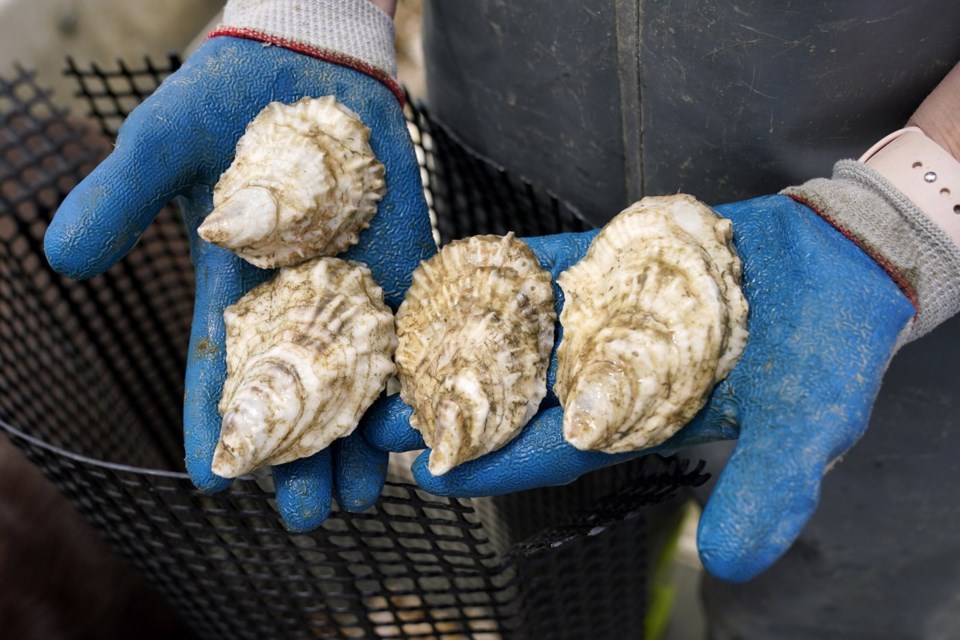MERIGOMISH, N.S. — Federal food safety officials say they have confirmed the first case of dermo disease in oysters from Nova Scotia — the second confirmed case in Canada.
The Canadian Food Inspection Agency says the disease, detected in oyster samples from Merigomish, N.S., doesn't pose a risk to human health or food safety but can cause increased oyster mortality and decreased growth rates.
Dermo, also known as perkinsosis, presents in adult oysters more than one year old and causes several symptoms, including making their shells open out of water.
The first confirmed Canadian case of the disease was detected last week in oysters collected in Spence Cove, N.B., not far from the Confederation Bridge linking New Brunswick with Prince Edward Island.
Another oyster disease that poses no health risk, multinucleate sphere unknown, was also detected in the samples from Spence Cove, and was first found in samples from Bedeque Bay, P.E.I., in July.
Canada's food inspection agency says it is working with Nova Scotia's Fisheries Department and Indigenous communities to monitor the situation and restrict the movement of oysters in and out of the affected areas.
This report by The Canadian Press was first published Nov. 28, 2024.
The Canadian Press



